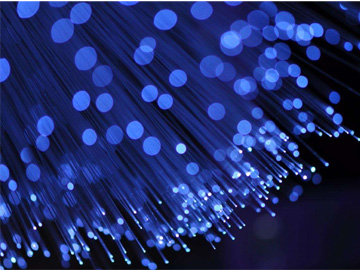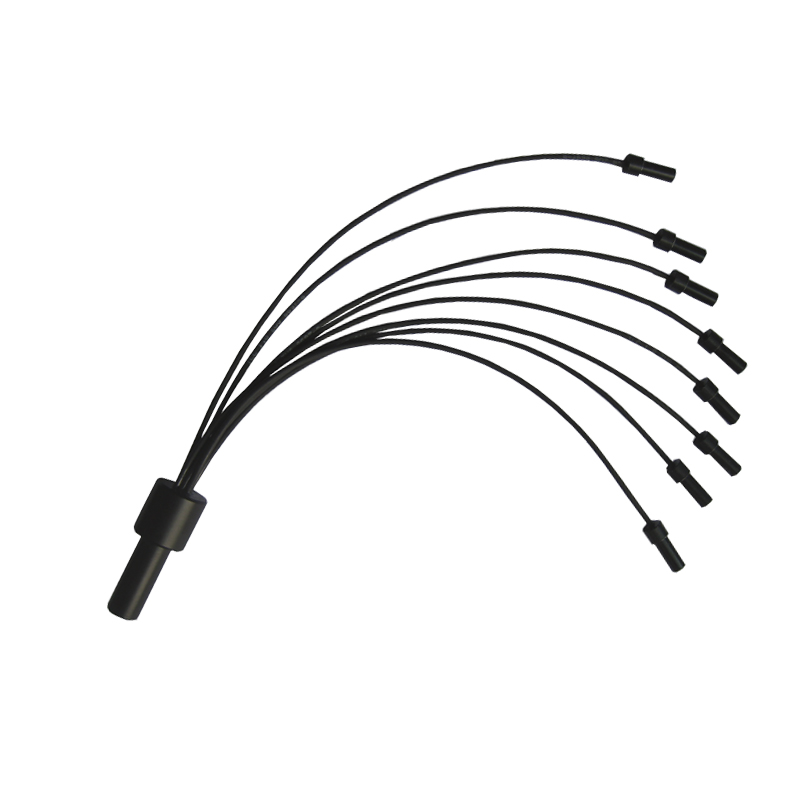In ancient times, Greek glassblowers observed that glass rods could transmit light.

In 1854, Tyndall of England pointed out in a lecture at the Royal Society that light could be transmitted by reflection along curved pipes containing water, and confirmed this idea with experiments.
In 1870, British physicist Tyndall observed in his experiments that when light was irradiated into a container containing water, and water was poured out from the water outlet, the light also propagated along the water flow and appeared curved, which did not seem to conform to light. The law that only travels in straight lines. In fact, the light still travels in a straight line at this time, but there is a light reflection phenomenon in the water flow, so the light travels in a broken line. Light can also "take a detour".
In 1927, Baird in the United Kingdom first used the phenomenon of total reflection of light to make quartz fibers for image analysis, and obtained two patents.
In 1930, someone pulled out the quartz filament, and discussed the principle of its light transmission.
In 1951, the Netherlands and the United Kingdom began to develop soft fiberscopes.
In 1953, the Dutchman Van Hel painted a plastic with a refractive index of 1.47 on glass fiber to form a jacket with a lower refractive index than the core of the glass fiber, and obtained a glass fiber with total reflection (insulation) of light. However, due to the non-uniformity of the plastic jacket, the loss of light energy is too great.
In 1955, the phenomenon of light reflecting and traveling in a curved pipe was practically applied. Dr. Kapani, who was working at the British College in London at the time, made optical fibres from extremely fine glass. Each filament-thin optical fiber is made of two glasses with different refractive indices, one glass forming the central beamline and the other being wrapped around the central beamline to form a cladding. Due to the difference in optical properties between the two types of glass, after the light enters from one end of the optical fiber at a certain angle, it will not escape from the fiber wall, but will continue to reflect along the interface of the two layers of glass and exit from the other end. Initially, this optical fiber was only used in medicine. An endoscope composed of optical fiber bundles could observe diseases in the human stomach and intestines, and assist doctors to make accurate judgments in a timely manner.
In fact, modern multi-mode optical fiber communication uses the principle of light reflection to limit the total reflection of light inside the optical fiber, and replace the electrical signal in the traditional communication method with optical signal to realize the transmission of information.

Hecho is committed to the research and development and production of non-standard Fiber Optic Bundles, using high transmission efficiency optical fibers to make various optical fiber guide beams, which are widely used in in vitro diagnosis, biochemical analysis, optical detection, industrial automation, High Power Laser Fiber and other fields. Hecho has strong R&D and production capabilities, which can flexibly meet the differentiated needs of different customers.